.png)
Prototyping plays a crucial role in medical manufacturing, bridging the gap between innovative ideas and market-ready products. This process, essential for bringing new medical devices and technologies to life, involves turning conceptual designs into tangible prototypes that can be tested, refined, and ultimately mass-produced.
The Importance of Prototyping in Medical Manufacturing
In medical manufacturing, prototyping serves as the foundation for developing new products. Whether it's a surgical instrument, diagnostic device, or implant, the prototyping phase is where ideas are transformed into physical models that can be evaluated for functionality, safety, and usability.
Prototyping allows manufacturers to identify potential design flaws, test different materials, and make necessary adjustments before moving into full-scale production. This iterative process is vital for ensuring that the final product meets stringent regulatory standards and performs as intended in real-world medical applications.
The Prototyping Process: From Concept to Reality
The journey from concept to reality in medical manufacturing typically involves several key stages:
- Conceptualization and Design: The process begins with a conceptual design based on specific medical needs or challenges. Engineers and designers work closely with healthcare professionals to develop a blueprint that outlines the product's features, dimensions, and functionality. Advanced software tools are often used to create 3D models that provide a detailed visualization of the concept.
- Material Selection: Choosing the right materials is critical in medical prototyping. The materials must be biocompatible, durable, and suitable for the intended application. For example, implants may require materials like titanium or medical-grade polymers, while diagnostic devices might use plastics or silicone. The selection process involves rigorous testing to ensure the materials meet all necessary standards.
- Creating the Prototype: Once the design and materials are finalized, the prototype is created. This can be done using various techniques, including 3D printing, CNC machining, or injection molding, depending on the complexity and requirements of the product. 3D printing, in particular, has become a popular method due to its ability to produce intricate designs quickly and cost-effectively.
- Testing and Validation: After the prototype is built, it undergoes a series of tests to validate its performance, safety, and compliance with regulatory standards. This phase may involve mechanical testing, biocompatibility assessments, and usability evaluations by healthcare professionals. Feedback from these tests is used to refine the prototype and make any necessary modifications.
- Iterative Refinement: Prototyping is often an iterative process, with multiple rounds of testing and refinement. Each iteration brings the product closer to its final form, addressing any issues that arise during testing. This stage is crucial for optimizing the design and ensuring that the product meets all functional and regulatory requirements.
- Finalization and Production: Once the prototype has been thoroughly tested and refined, it is ready for finalization. The design is locked in, and the product moves into the manufacturing phase, where it is produced at scale for distribution to healthcare providers and patients.
The Role of 3D Printing in Medical Prototyping
3D printing has emerged as a game-changer in the prototyping process for medical manufacturing. Its ability to rapidly produce complex and customized designs has significantly shortened the development timeline, allowing manufacturers to bring products to market faster.
In addition to speed, 3D printing offers unparalleled flexibility in design. Engineers can experiment with different geometries and features without the need for expensive tooling or molds. This makes it easier to iterate on designs and incorporate feedback from testing phases.
Moreover, 3D printing allows for the creation of patient-specific prototypes, particularly in areas like orthopedics and dental implants. By using patient-specific data from scans or imaging, manufacturers can create prototypes tailored to the exact anatomy of the patient, leading to better fit and outcomes.
Challenges in Medical Prototyping
While prototyping is essential for innovation in medical manufacturing, it comes with its own set of challenges. Regulatory requirements are stringent, and prototypes must undergo rigorous testing to ensure they meet all necessary standards. This can be time-consuming and costly, particularly when dealing with complex medical devices.
Another challenge is the need for interdisciplinary collaboration. Prototyping in medical manufacturing often requires input from engineers, designers, healthcare professionals, and regulatory experts. Ensuring effective communication and coordination among these stakeholders is crucial for the success of the project.
The Future of Prototyping in Medical Manufacturing
As technology continues to evolve, the future of prototyping in medical manufacturing looks promising. Advances in materials science, 3D printing, and digital design tools are making it easier and faster to develop high-quality prototypes. Additionally, the integration of artificial intelligence and machine learning into the prototyping process is expected to further enhance efficiency and precision.
Looking ahead, the continued focus on personalized medicine is likely to drive demand for patient-specific prototypes. This will not only improve patient outcomes but also pave the way for more innovative and effective medical solutions.
Conclusion
Prototyping is the linchpin of innovation in medical manufacturing, turning visionary concepts into practical, life-saving products. Through a rigorous and iterative process, prototypes are refined and perfected, ensuring that the final product meets the highest standards of quality and safety. As technology advances, the prototyping journey will continue to evolve, driving the future of healthcare innovation.

.png)



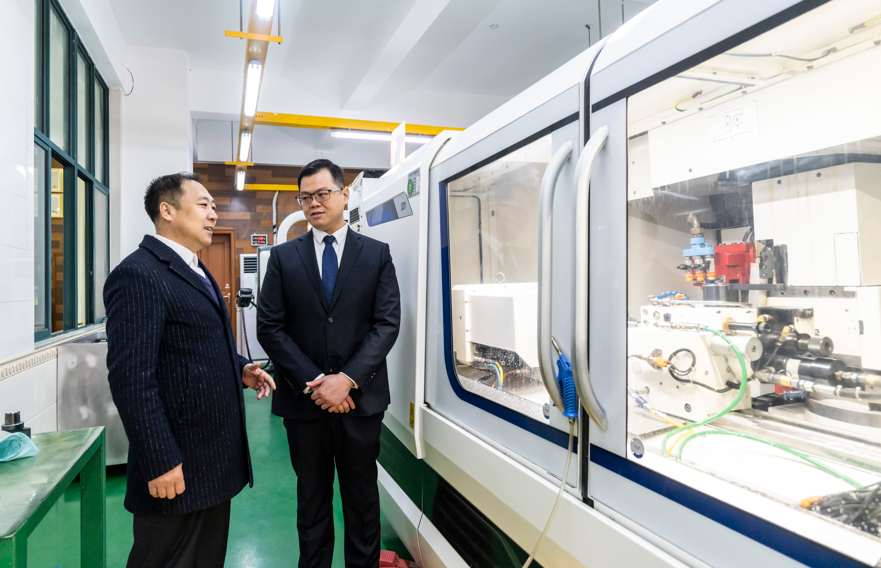

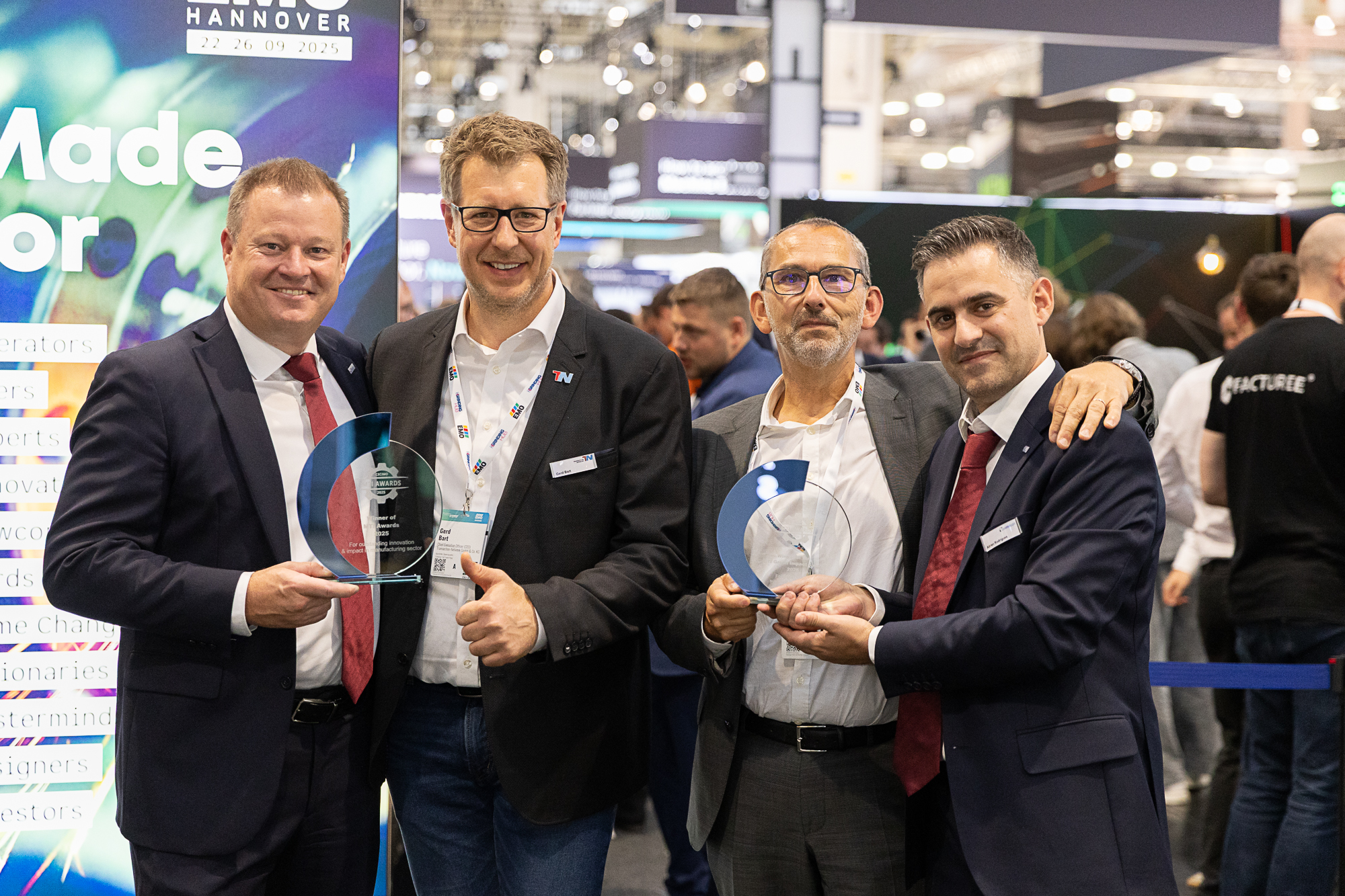








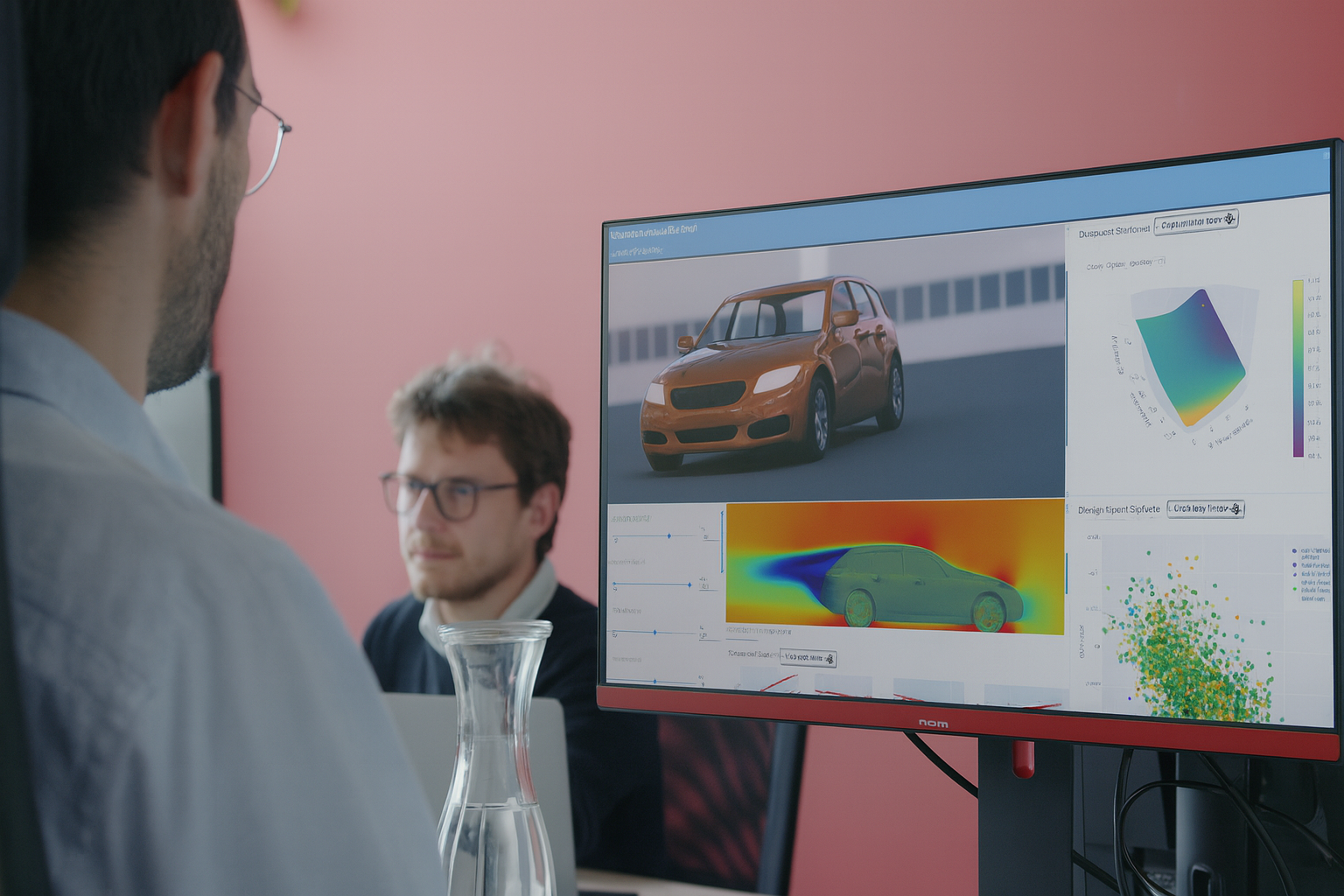
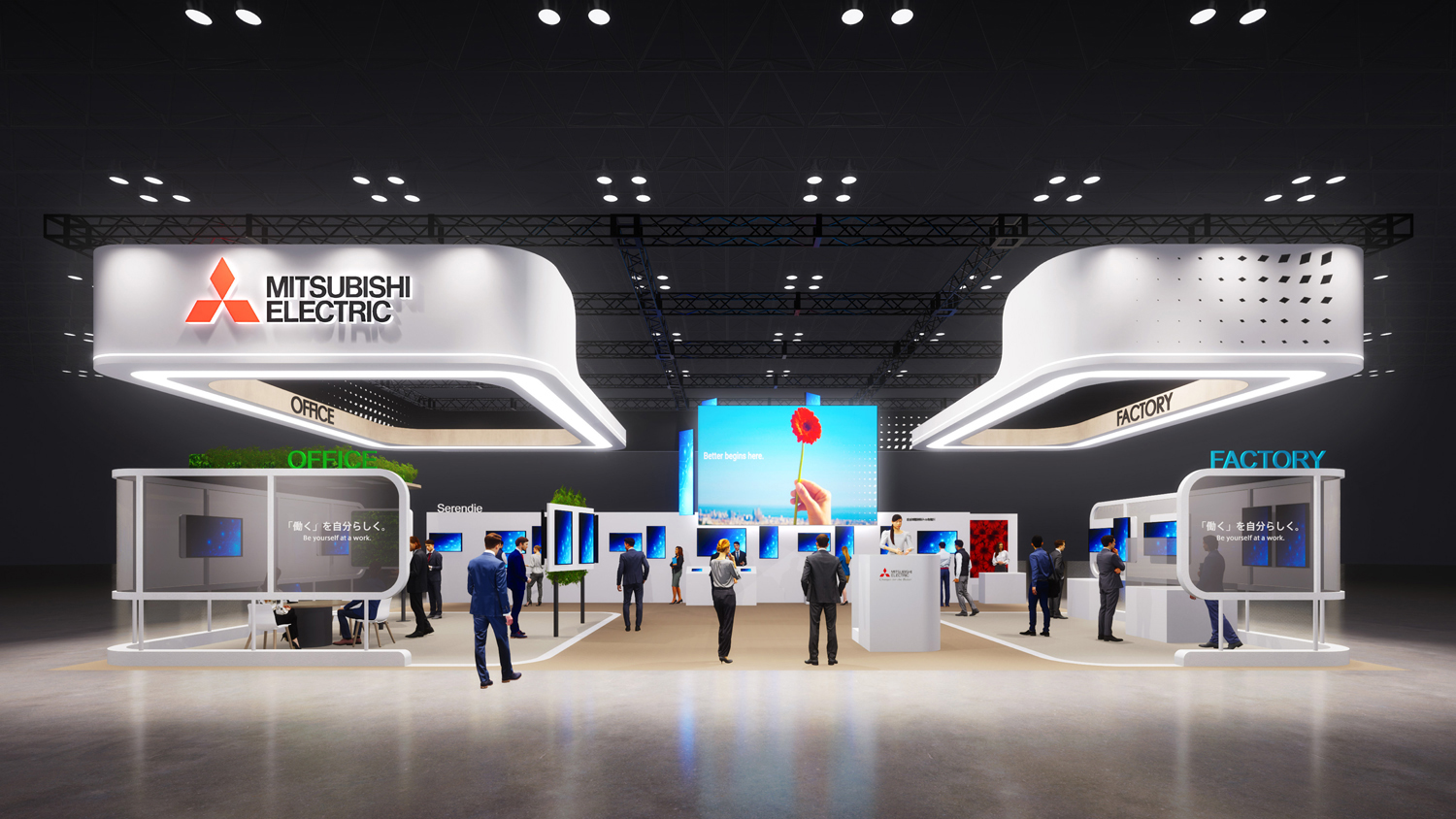

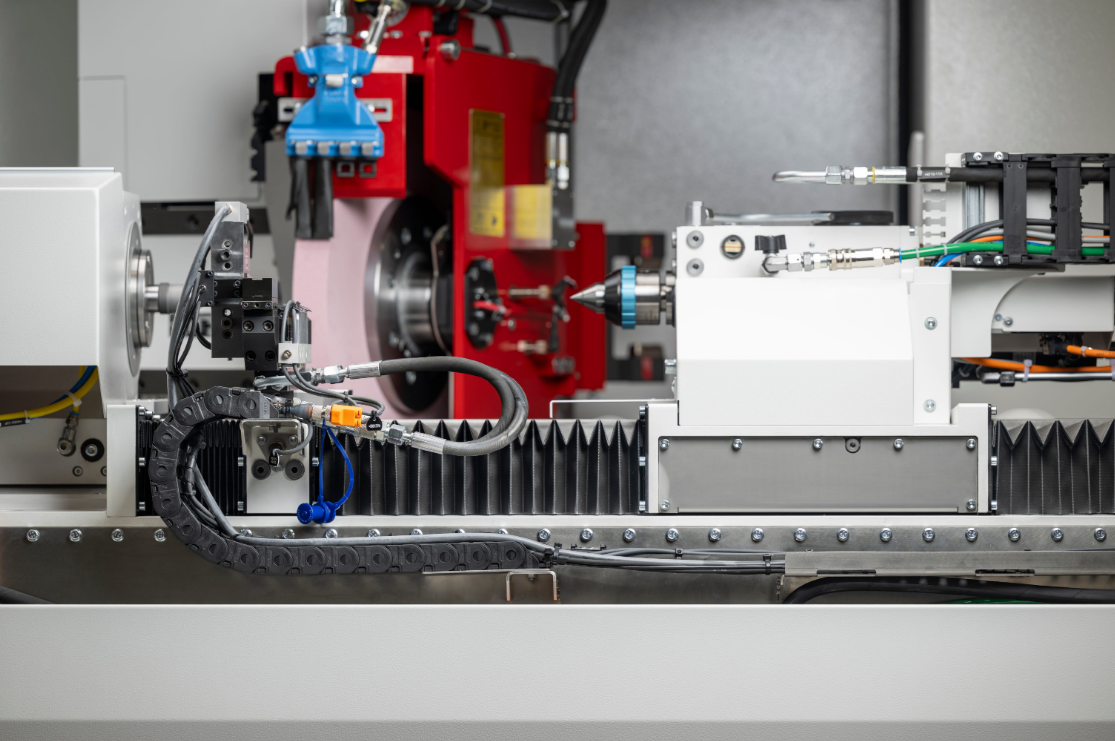


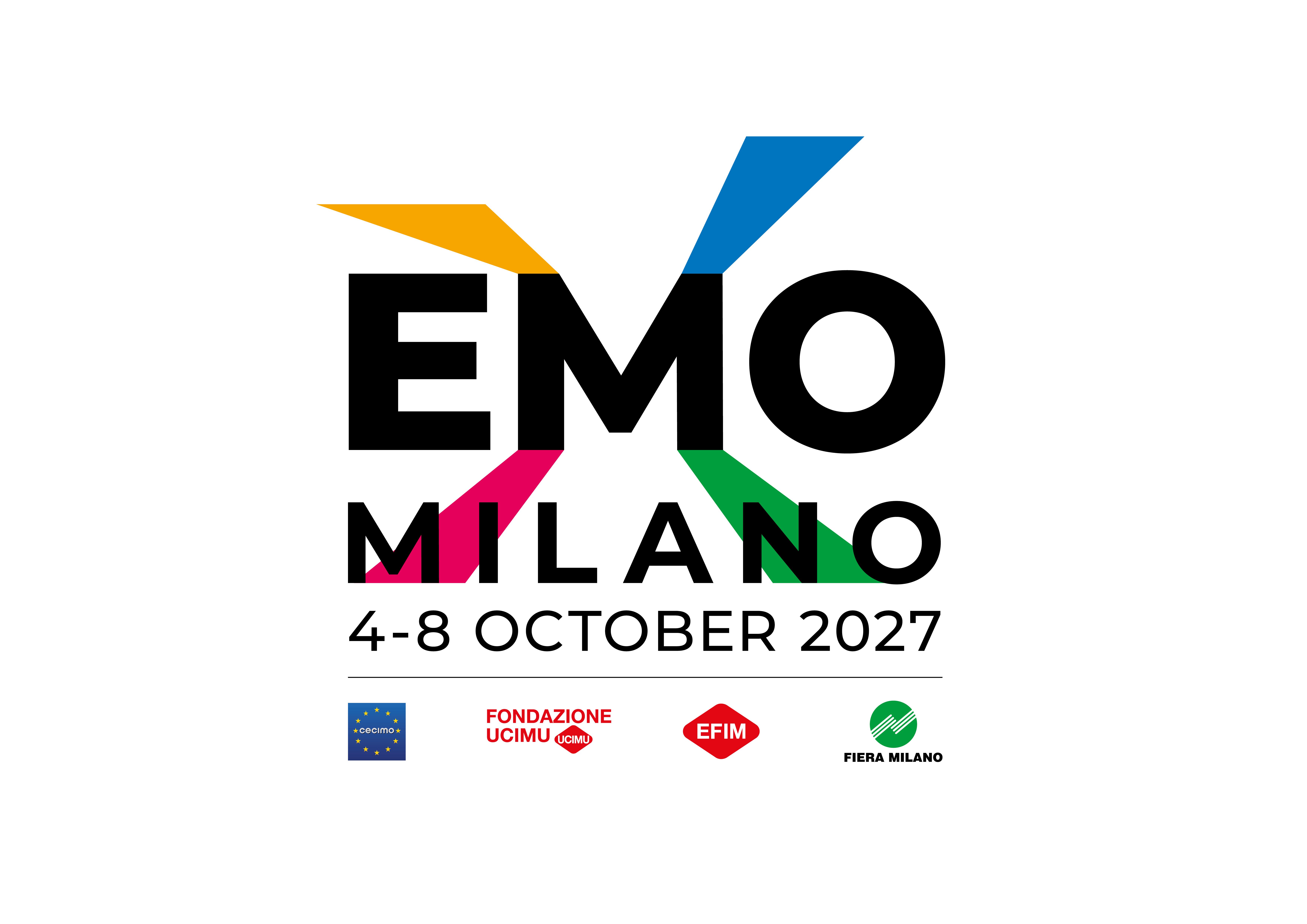



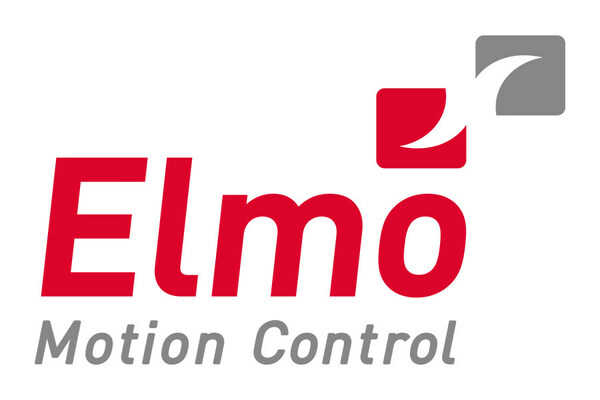
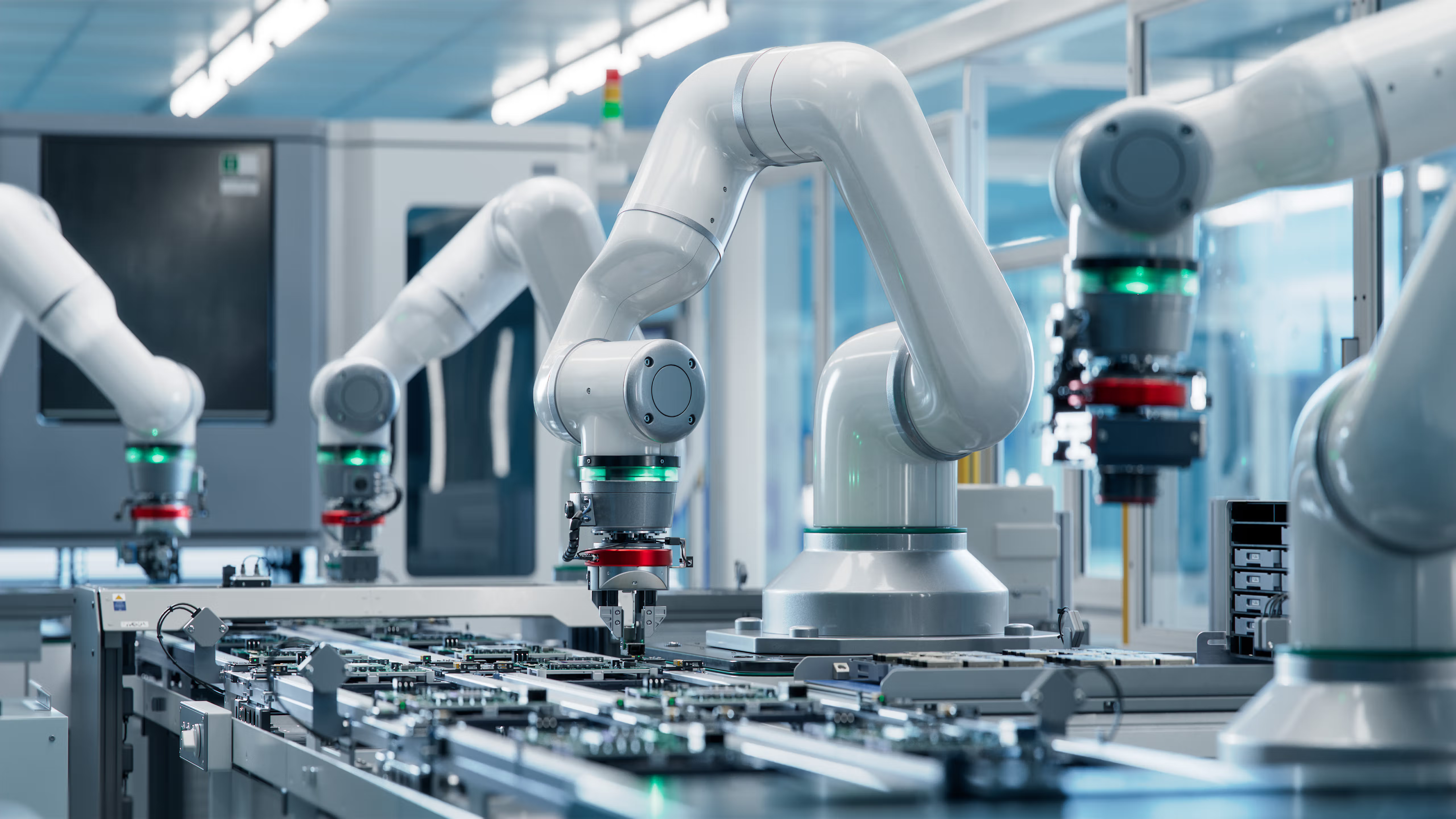

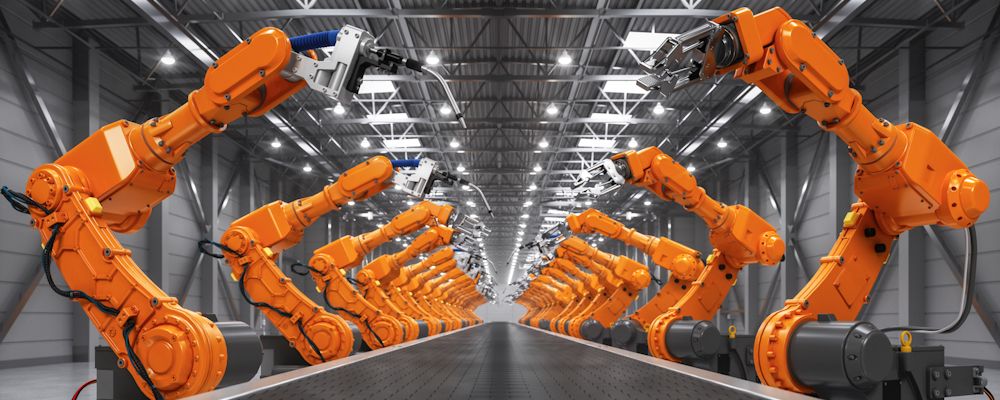
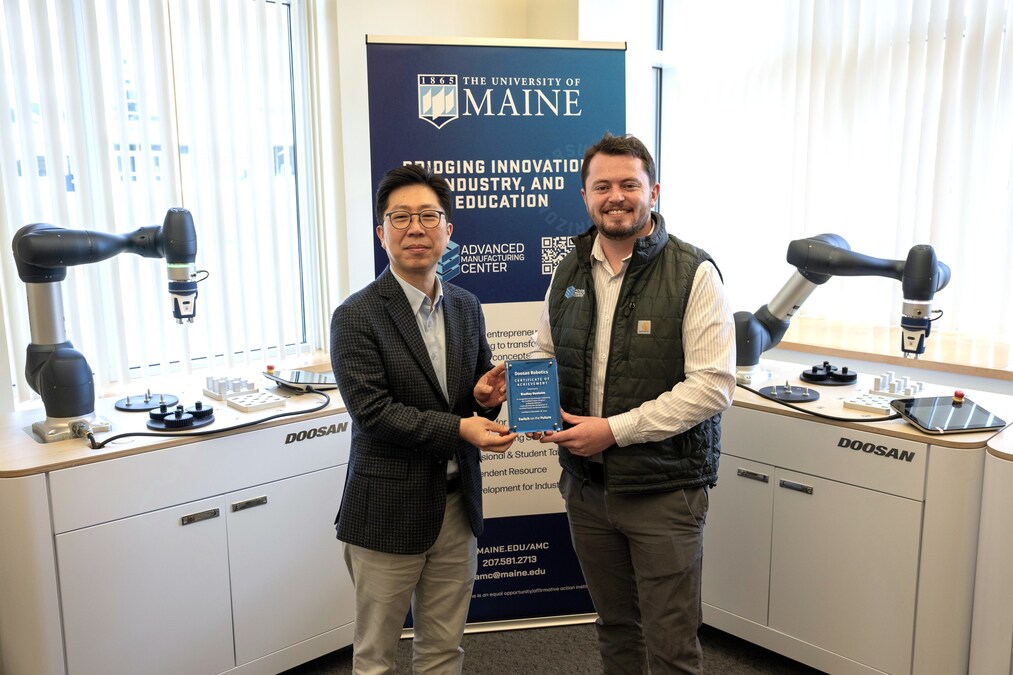



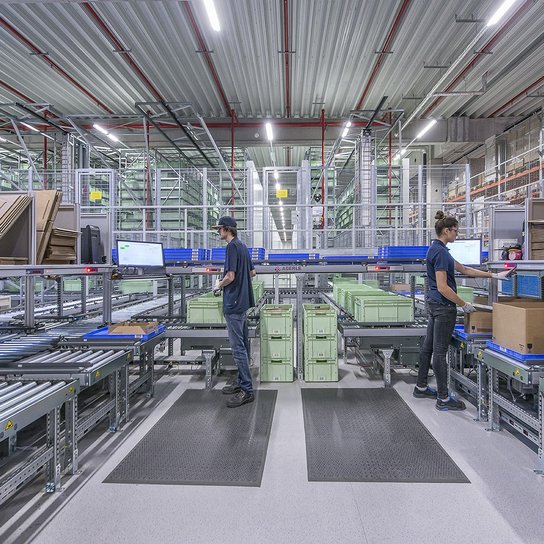




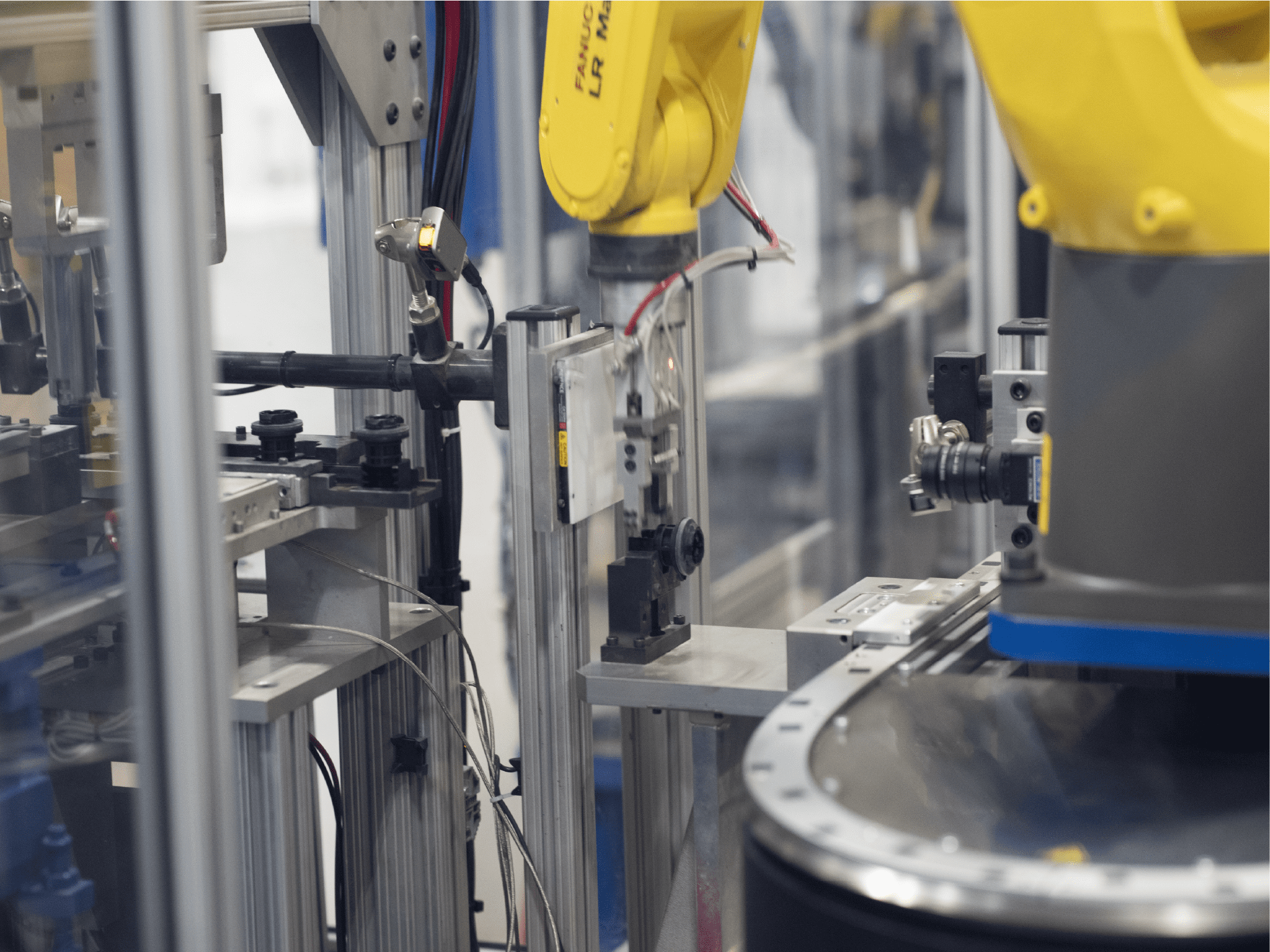
.webp)






























.png)





.png)





















